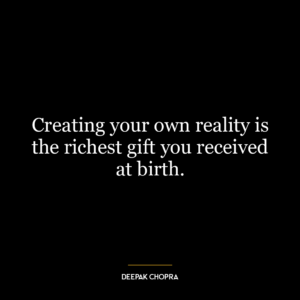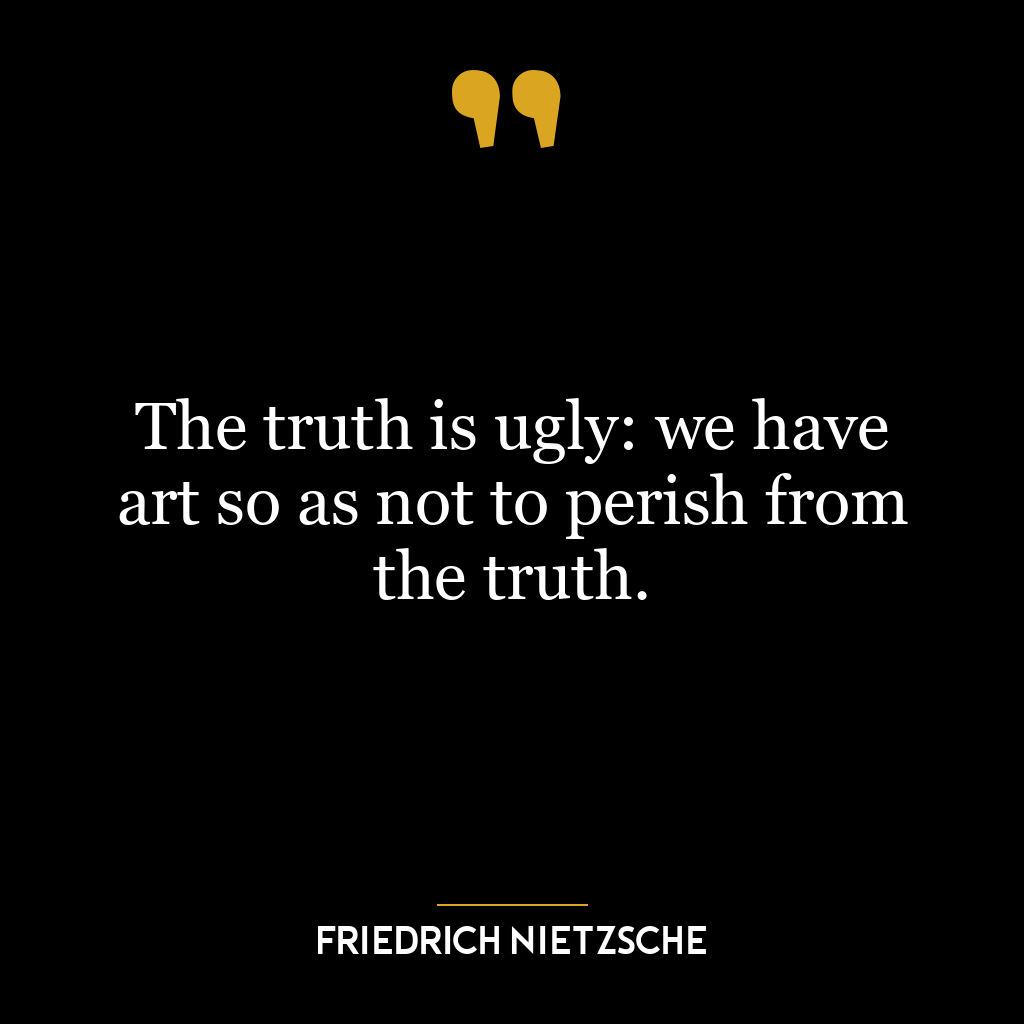This quote suggests that aging, a natural and inevitable process, is not synonymous with an impending end or fatality. It challenges the common perception that growing old leads to deteriorating health and eventual death. Instead, it implies that scientific data supports the idea that aging can be a vibrant phase of life, not necessarily associated with disease or weakness.
The underlying message here is about the potential for longevity and vitality in old age. The quote encourages us to rethink our preconceived notions about aging as something negative or harmful. It hints at research showing how healthy lifestyle choices can significantly affect our physical condition in older age.
In today’s world, this perspective on aging could be applied in several ways. For instance, it could influence healthcare policies aimed at promoting preventive measures rather than just treating diseases associated with old age. This might include advocating for regular exercise, balanced nutrition, mental stimulation and social engagement among older adults.
In terms of personal development, this concept pushes us to adopt lifestyle habits conducive to healthy aging early on in life. It also encourages us to view growing older as an opportunity for continued growth and learning instead of seeing it as a decline.
Moreover, the idea could fuel advancements in gerontology (the study of aging) by driving research towards understanding how we can optimize our physical health as we grow older. This might involve exploring genetic factors influencing longevity or developing therapies to slow down cellular damage related to age.
Ultimately this quote challenges society’s doom-and-gloom narrative around getting older by suggesting that science shows us a more hopeful picture: Aging does not have to mean decline—it can mean sustained vitality if we make conscious choices towards maintaining our health.















